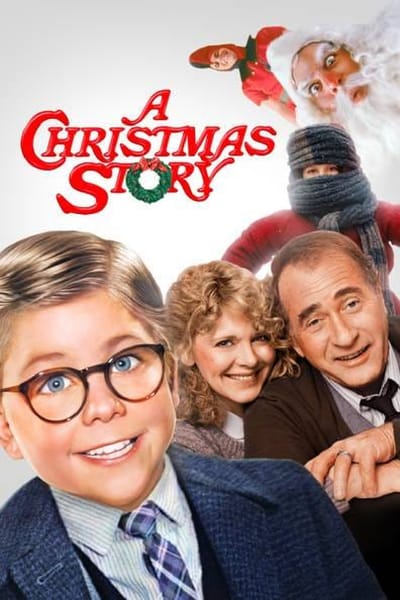Basketball betting is gaining popularity all around the U.S. Individuals prefer data-based ways of tracking games more closely. While sites offer stats and live scores, gamblers prefer to pay closer attention to how odds are presented.

Terms like melbet promokod have appeared alongside rising interest in betting formats. This article breaks down the most common types of basketball bets and what current data suggests.
Point Spread
The point spread gives a scoring advantage to the underdog. It also applies a handicap to the favorite. This makes the contest more balanced from a betting standpoint. If the Celtics are favored by -6.5, they need to win by 7. If they win by 6 or less, they don’t cover the spread.
This type of bet is used in almost every NBA game. Data shows that favorites cover the spread about half the time. Public support for popular teams can skew odds slightly. That’s why careful analysis matters more than gut feeling.
Over/Under
The over/under bet is about the total score from both teams. If the line is 225.5 and the final score is 114–112, the “over” wins. It doesn’t matter who wins the game. What matters is the combined points.
Over/unders depend heavily on pace and defense. Teams like the Pacers and Hawks play fast, pushing scores higher. Slower teams like the Cavaliers tend to produce lower totals. Player injuries play a big role in correctly guessing his future in-game performances.
Most NBA totals fall between 210 and 235. Checking recent trends and matchups can help spot value. Weather and location, which matter in football, aren’t factors in indoor basketball.
Moneyline
A moneyline bet is simply picking a winner. No point spread, just win or lose. But payouts depend on odds. If the Warriors are -180, you must bet $180 to win $100. If the Pelicans are +150, a $100 bet wins $150 if they win.
This seems easy, but upsets happen often. Top teams rest players or underperform on long road trips. In recent seasons, favorites win roughly 65–70% of games . That still leaves a lot of wins for underdogs.
Moneyline bets can be useful when you’re confident in an outcome. They're also better for low-scoring, evenly matched games.
Player Props
Player props focus on individual stats like points, rebounds, or assists. One high occurrence betting example is if a player will score over or under 24.5 points.
Player props are popular because they use specific data. But even top players can have bad luck and put on weak performances. These types of bets require some research. Looking at player averages, defensive opponents, and recent trends is a must. This wager rewards people who know the details of the team strategy and roles.
Parlays: High Risk, High Reward
A parlay implies betting on more individual matches. Every leg must win to earn a payout. That includes mixes of spreads, totals, or moneylines.
Because all picks must hit, parlays are harder to win. But they offer much bigger returns. If one leg fails, the entire bet loses.
According to the Journal of Gambling Studies, parlay success rates are low. They work best for casual use, not for a consistent strategy. Many states now require clearer odds display for parlays.
Always Think About Risk
Every bet carries risk. That includes even the most researched picks. Results can shift through late injuries, coaching decisions, or off nights shooting. Even a player’s good run will be broken in time. Gambling does not always reward the most informed, but by listening to the numbers, you make better choices.
Risk management is the number one priority. That implies setting boundaries, trying your options, and never chasing losses.







